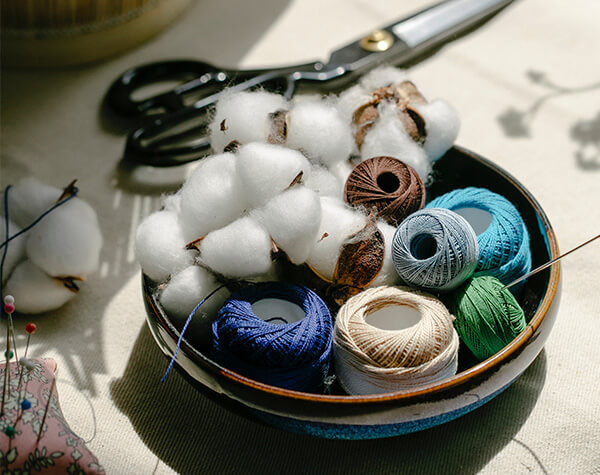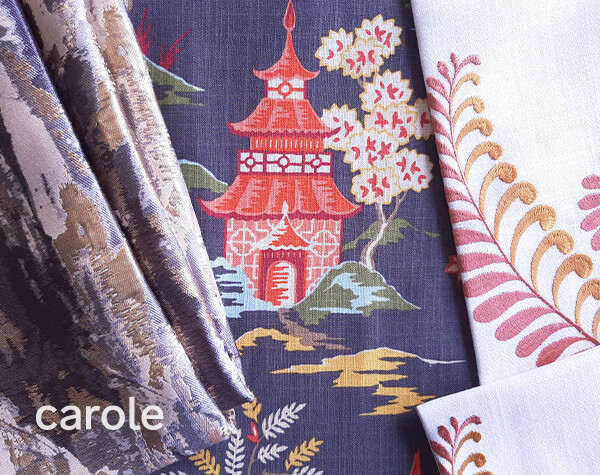
What Does Fabric Construction Mean?
August 31, 2021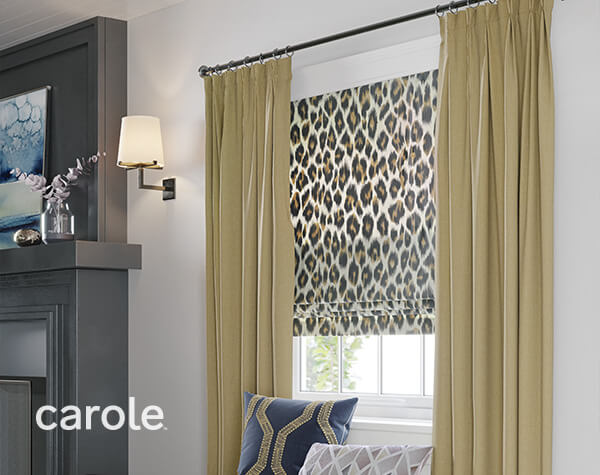
Matching Pattern, Fabric and Window Treatment Style
September 28, 2021Selecting the Right Fabric: Part 2 of 3
Color and pattern attract us to the fabrics we want to use in our home. But properties of the fabric can make or break the success of your window treatment. What fibers were used? How were they constructed to make the fabric? Which window treatment style is best for my fabric? How does all this affect the way the fabric will look on the window when installed?
This three-part series covers how to match the right fabric to the right style of drapery or shade to ensure a successful design and a happy customer! The full series includes:
- What Does Fabric Construction Mean?
- Fiber Content and Home Environments
- Matching Fabric, Pattern and Window Treatment Style
How Does Fiber Content Affect Your Fabric?
Fibers have unique properties that can affect how the fabric performs in your home. Knowing the fiber content helps in planning how and where to use a fabric, matching it to the correct window treatment style, and properly caring for the end product.
Fabrics are made from natural fibers, synthetic fibers, or some combination of both types of fibers. For your quick reference, the chart below identifies common fiber types and properties.
| Fabric Content | Availability | Price | Stability | Longevity | Level of Chemical Treatment | Notes | |
|---|---|---|---|---|---|---|---|
| Natural Fibers | Cotton | Limited | Higher $ | Very Stable | Medium-Long | Low | Cottons and linens are usable for all custom treatments with a soft, comfortable hand that drapes nicely and is non-static. They have medium-strength fibers that take color well and come in many weights and textures. Wrinkling is more noticeable in solid colors, and they may shrink or stretch in high-humidity areas. These fabrics must be lined. |
| Linen | Limited | Higher $ | Very Stable | Medium-Long | Low | ||
| Silk | Limited | Higher $ | Less Stable | Short-Medium | Low | Slubs and irregularities are normal and enhance the beauty of silk fabric. This fabric dyes beautifully but dye absorption can vary amongst the fibers. Silk is susceptible to sun fading, so interlining is recommended. | |
| Synthetic Fibers | Polyester | Unlimited | Lower $ | Stable | Long | High; derived from petroleum and highly processed | Polyester rarely wrinkles. It resists shrinking, abrasion, mildew and sun rot. Modern polyester fibers can mimic natural fibers such as linen in look and feel. Polyester takes dye well but the fibers do not carry much memory and therefore may have a tendency to flare. Consider adding Memory Stitch to draperies made from polyester fabrics. |
| Rayon (Viscose) | Unlimited | Lower $ | Stable | Long | High; derived from natural products like beech trees or bamboo but highly processed | Rayon is soft to the touch, with properties similar to natural fibers. It is known for having a sheen that ranges from low to very shiny. Rayon is breathable, absorbs moisture, and blends well with other fibers. |
The great news is that more and more fabrics are being constructed with a combination of fiber types. This creates the best of both worlds by bringing together the best qualities of natural and synthetic fibers.
The Home Environment

Humidity
Fabric can be affected by climatic conditions such as varying humidity in the home, which causes the fabric to expand or contract after installation. We do not recommend making adjustments for this ahead of time because you want the drapery to be the perfect length when it is installed and it is impossible to guess what, if any, changes may occur.
Fluctuations in moirés, antique satins, casements, and fabrics made from natural fibers are normal. If you are concerned that the length may need adjusting, consider doing a trouser break or puddle length hem. These styles will absorb any variations that may occur in the fabric over time.
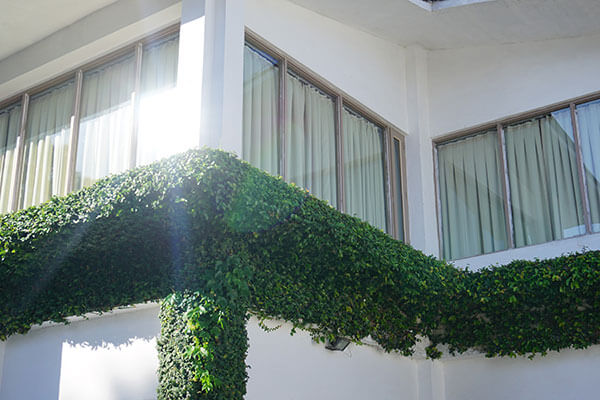
Sun Exposure
Fabrics do wear out eventually, and this varies with use and location. Primarily, fabrics deteriorate from prolonged sun exposure — which is why all of our draperies include quality linings, unless otherwise specificed as with sheers. Interlining can also be added to provide additional protection.
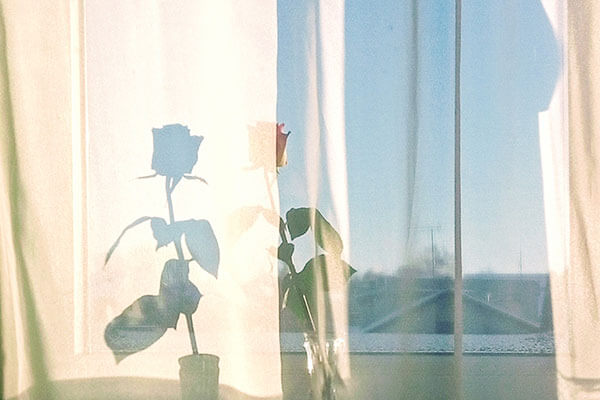
Backlighting
Have you ever experienced ordering a fabric that looks a bit different when the sun is streaming through it?
Fabric appearances can vary when backlit by the sun so it is really important that you hold the swatch up to the window to see how it will appear when installed. If the appearance changes, consider blackout lining or interlining to mitigate the difference.
Be sure to check sheers and white/off-white/neutral fabrics under natural light for any color changes. And remember to view the fabric with your lining choice behind it for natural representation.
Carole Fabrics introduces two new decorative fabric collections each year in an assortment of fibers, colors and styles. These beautiful additions to our fabric library are carefully curated after extensive research of current trends and customer needs.
If you have an account with Carole Fabrics, login to carolenet.com to learn more through our library of recorded webinars and how-to videos.
If you don't have an account yet, please fill out the form on our Contact page for more information about becoming a dealer.

Susan Pfingst
National Training Coordinator
With over 35 years in the Home Design Industry, Susan brings her extensive experience in design and sales. Training is her passion and she looks forward to sharing her insight!

